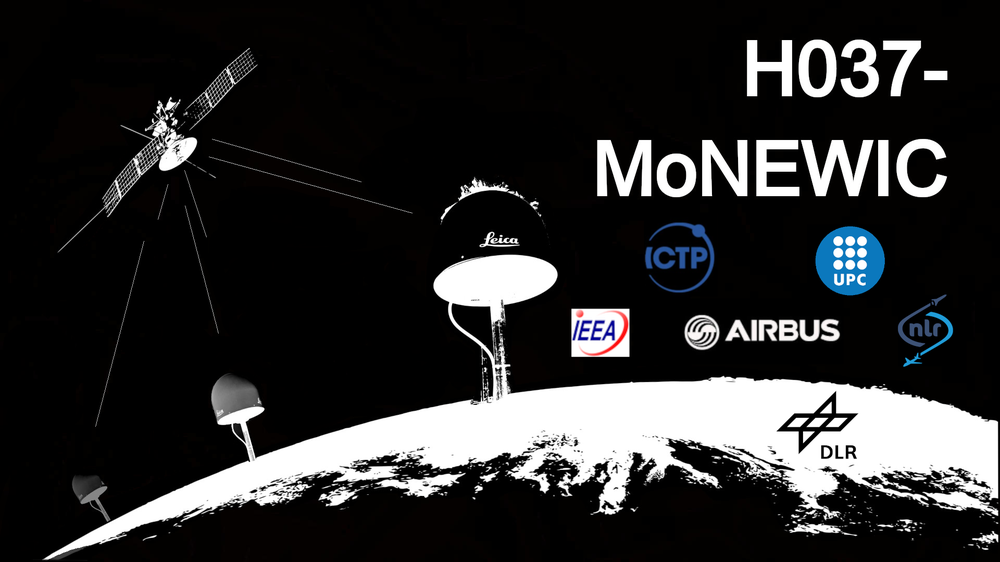H037-MoNEWIC/eMONITOR
Project title | Monitoring Network for Evil Waveform and Ionospheric Characterization |
Goal | Enable the transfer to continuous operation at the GRC (Galileo Reference Center) and ESA for another 5 to 8 years. Further scientific studies on EWF, TEC fluctuations and scintillations. |
Period | 20219 - 2024 |
Funded by | ESA im Auftrag der EU |
Project lead | WWE |
Launched by ESA in 2010 as part of the European GNSS Evolution programme, the MONITOR project aimed in its first phase (2010-2013) to improve our knowledge of ionospheric variability and signal scintillation through the development and deployment of innovative techniques. In the second phase (2014-2016), an extensive network of globally distributed receivers was established to analyse both total electron content (TEC) and scintillation data. Particular attention was paid to extreme scintillation events. While this remains an important part of the new eMONITOR requirements, additional emphasis was placed on monitoring the so-called Evil Wave Form (EWF), as technical distortions of GNSS signals are particularly important for Safety-of-Life applications. Within the framework of the ongoing H2020 project H037-MoNEWIC, these tasks are currently being worked on by DLR, NLR, ADS, IEEA, UPC, and ICTP. Furthermore, an attempt is being made to record bitgrabber data streams of heavy scintillation events from low and high latitude regions. Such data streams can then be used as example scenarios for different GNSS receivers to test their robustness to strong phase and amplitude scintillations. For this activity, two bit-grabber recorders will be placed at low latitudes in African countries (Nigeria and Rwanda) and one at high latitudes in Scandinavia (Norway). In combination with other installed GNSS and EWF receivers in the mid-latitudes, they will form the GNSS experimental receiver network within the EGNOS extension area. Each station will be connected to a central server running a set of reliable and powerful software processors. The server will also inherit the data of the previous projects. The central processing unit, together with the measuring stations at the various sites, will form the experimental eMONITOR testbed.
In eMONITOR/ H037-MoNEWIC, a reliable infrastructure and software should enable the transfer to continuous operation at the GRC (Galileo Reference Center) and ESA for another 5 to 8 years. In addition to these activities, further scientific studies on EWF, TEC fluctuations and scintillations are planned. Analyses of the impact of severe ionospheric effects on the observables used by SBAS and considerations for supporting EGNOS complete the project.
Leading management, iono-station setup, control software and data analysis, operation of the bit grabbers and the associated evaluation of the measurement data
In addition to DLR-SO, the following institutes are involved in the project:
• ICTP, International Centre for Theoretical Physics
• UPC, Polytechnic University of Catalonia
• IEEA, Informatique, Electromagnétisme, Electronique, Analyse Numérique
• ADS, Airbus Defense and Space
• NLR, Netherlands Aerospace Centre
EWF, TEC fluctuations and scintillations, EGNOS and Galileo support

